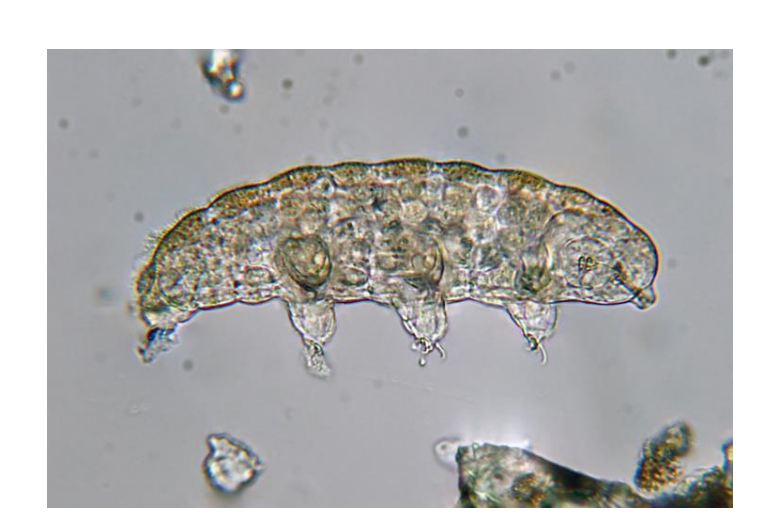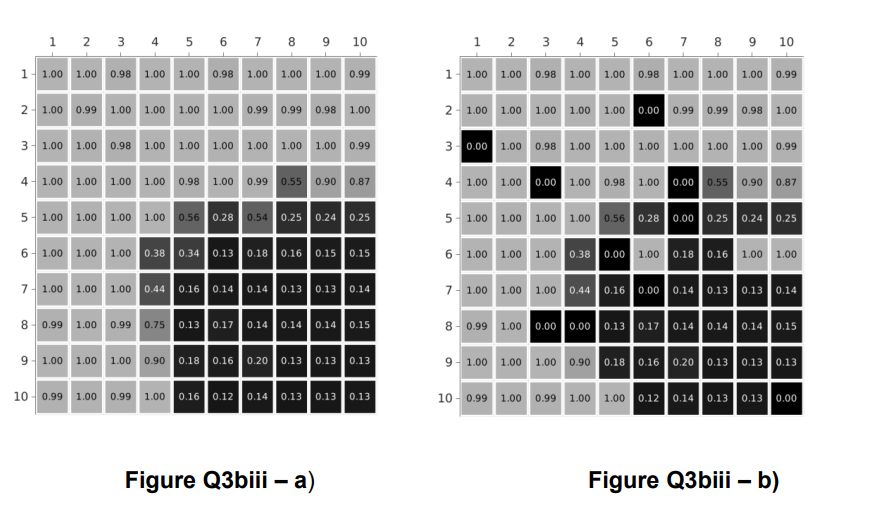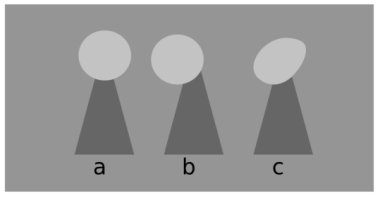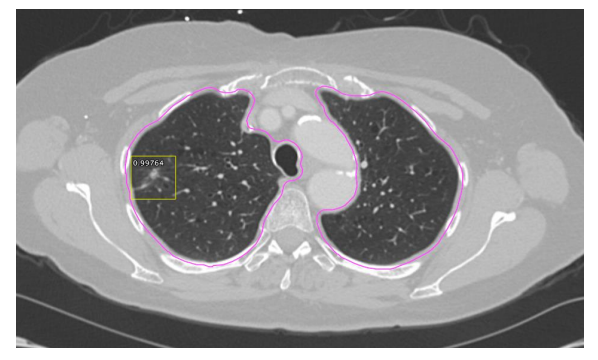521H3 IMAGE PROCESSING
- easygpaser
- Jun 20, 2022
- 5 min read
Updated: Jun 21, 2022
Q1.
a) You need to design a microscope system consisting of an infinitely corrected objective lens, a tube lens and a CCD camera. You need to image a tardigrade (water bear), and an example image is shown in Figure Q1a). The total length of the tardigrade is 0.1 mm. The tube lens has a focal length of 100 mm and is 150 mm from the objective lens. The CCD sensor’s size is 6 mm x 6 mm. The CCD camera has 3000 x 3000 pixels. A laser is used to illuminate the specimen with a wavelength of 470 nm.


i) Draw the optical system and calculate the focal length required for the objective lens if the length of the tardigrade is to occupy 60% of the sensor’s field of view. [3 marks]
ii) If the diameter of the objective lens is 1.35 mm, is the system’s resolution limited by the lens or the resolution of the camera? [4 marks]
iii) What are the advantages and disadvantages of having a large numerical aperture? [3 marks]
iv) For infinitely corrected microscopes, such as this one, the object should be placed at a distance equal to the focal length of the objective lens. If the object is moved to 4mm in front of the objective lens, where is the new image formed? Comment on your answer. Hint: Treat this as a two lens system. [3 marks]
b) Design an algorithm in as much detail as possible that can accurately measure the length of the tardigrade in Figure Q1a). Describe any problems your algorithm might have. Assume that the lighting level could change. [7 marks]
Q2.
An autonomous vehicle has two cameras mounted at the front to detect objects on the road. The two are combined to generate a panoramic image. A software correction has to made to one of the images in order to give it the same coordinate system as the other image. This includes scale, rotation and position. A small part of the image of one camera is shown in Figure Q2a).

a) i) The image has to be scaled by a factor of 0.7. What is the new image size? [1 mark]
ii) Using nearest neighbour what is the value of the pixel (2,2) in the new image? [2 marks]
iii) Repeat the processing using bilinear interpolation. [2 marks]
iv) In general, which method performs best and explain why? [1 mark]
v) To match the image with the other camera, the following processes are applied: the image is shifted by 0.5 pixels in the x and y direction, it is magnified by 1.1 times in the x direction and 1.2 times in the y direction and there is a skew of 0.1. Write down the correct Homography matrix, H, that will achieve this transform. Using this matrix calculate the new coordinates of pixel (2,2) and the intensity using the nearest neighbour method. [2 marks]
vi) Describe in detail a mechanism that could be used to automatically discover H. Include the detail of each step in the process chain and explain why it is used. [7 marks]
b) It is important for the system described in part a) that the depth of focus is a large as possible. The camera has a pixel size of 1 micrometre, the lens has an f-number of 2 and the object is 1 metre from the camera. Objects should be in focus from a distance of 0.5 meters from the camera up to infinity. By calculating the hyperfocal plane distance, work out the required focal length of the camera. Comment on the total depth of field and say if this would be suitable for an autonomous vehicle. If it is not suitable suggest which parameter could be changed to a better value. [5 marks]
Q3.
a) A toy robot has been designed to play football. It is humanoid in design and has a single RGB colour camera mounted on its head. The head is held at a constant height, although the height is not exactly known. The football is coloured red and floor surface is completely level and coloured green. The size of the ball is not known but it assumed to be always on the ground. To aid with calibration the robot’s starting position coordinates are known and there are a set of ten blue circles on the ground. The blue circles are all visible to the robot’s camera from the initial starting position and the real-world coordinates of the blue circles are known relative to the robot’s initial starting position. Design an algorithm that can determine the distance of the ball from the robot after the robot has moved an unknown distance. Include in your design any calibration steps that maybe required. [10 marks]
b) An automated system has been designed for a robot arm to be able to separate nuts from bolts. To do this an image has been captured and it shown in Figure Q3bi).
i) Outline how you would process this image and suggest possible shape descriptors that could be used to segment the two classes of object. [3 marks]
ii) Unfortunately, the image has been corrupted by two types of noise. These are shown in Figures Q3bii – a) and Q3bii – b). Identify which is the most likely type of noise and indicate how it could be reduced or removed in both images. [2 marks]
iii) Figure Q3biii – a) shows a zoomed in region of Figure Q3bi). Figure Q3biii – b) shows the noise corrupted version. Attempt to remove the noise by selecting the correct method and then performing a correction along the valid parts of row 6. Your correction should have a kernel size or region of support no bigger than 3x3. [4 marks]
iv) Does the correction work perfectly? If not, explain why. [1 mark]


Q4. a) Draw a block diagram outlining the major steps required in designing a machine vision system starting with the light source and finishing with the extraction of the representation of the object. Discuss the importance of each step. [5 marks]
b) A manufacturer wants to develop an automatic system for checking the quality of pens on a production line. A small plastic cap has been placed on top of the nib to stop the ink evaporating. This cap is placed by machine but sometimes this can fail (see Figure Q4b)). Design a complete machine vision system, in as much detail as possible, which includes lighting arrangements, camera acquisition and the image processing steps for the automatic detection of:
i. A misplaced cap.
ii. A deformed cap. Example images are shown in Figure Q4b). [5 marks]

c) Figure Q4c) shows an example of a lung cancer taken using an MRI scan. The cancer is highlighted by the yellow box. Assume that you have several thousand images of lung cancers that have been located already by a radiologist, and you have several thousand images of healthy lungs. Describe in detail how you could automate the process of locating a lung cancer in an image. Highlight any potential issues with your algorithm. [5 marks]

d) Figure Q4d) show an image of two people. Their faces have been blurred with a circular mask to protect their privacy. Design an algorithm that could automatically do this. [5 marks]




Comments